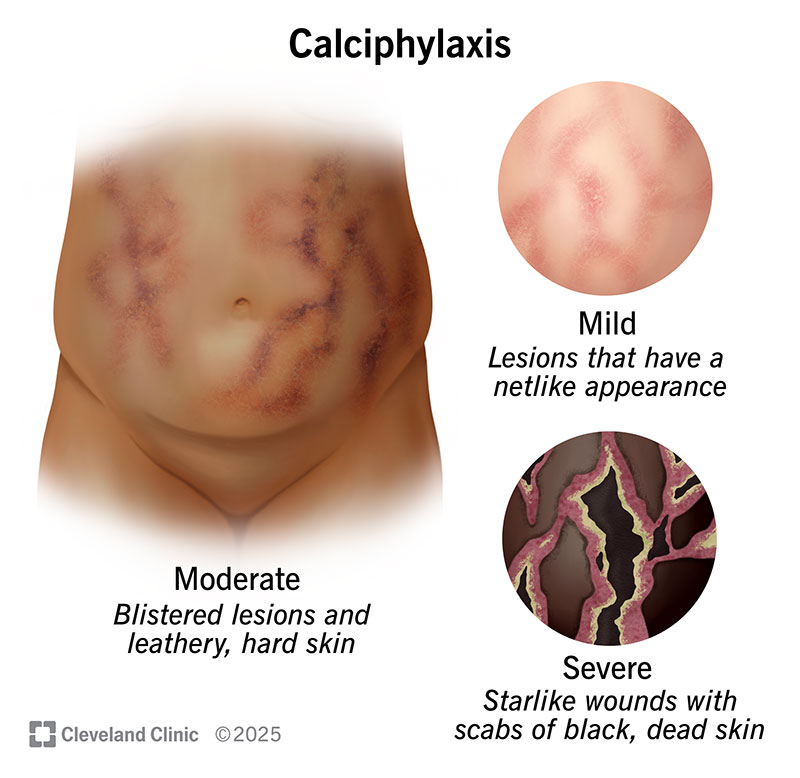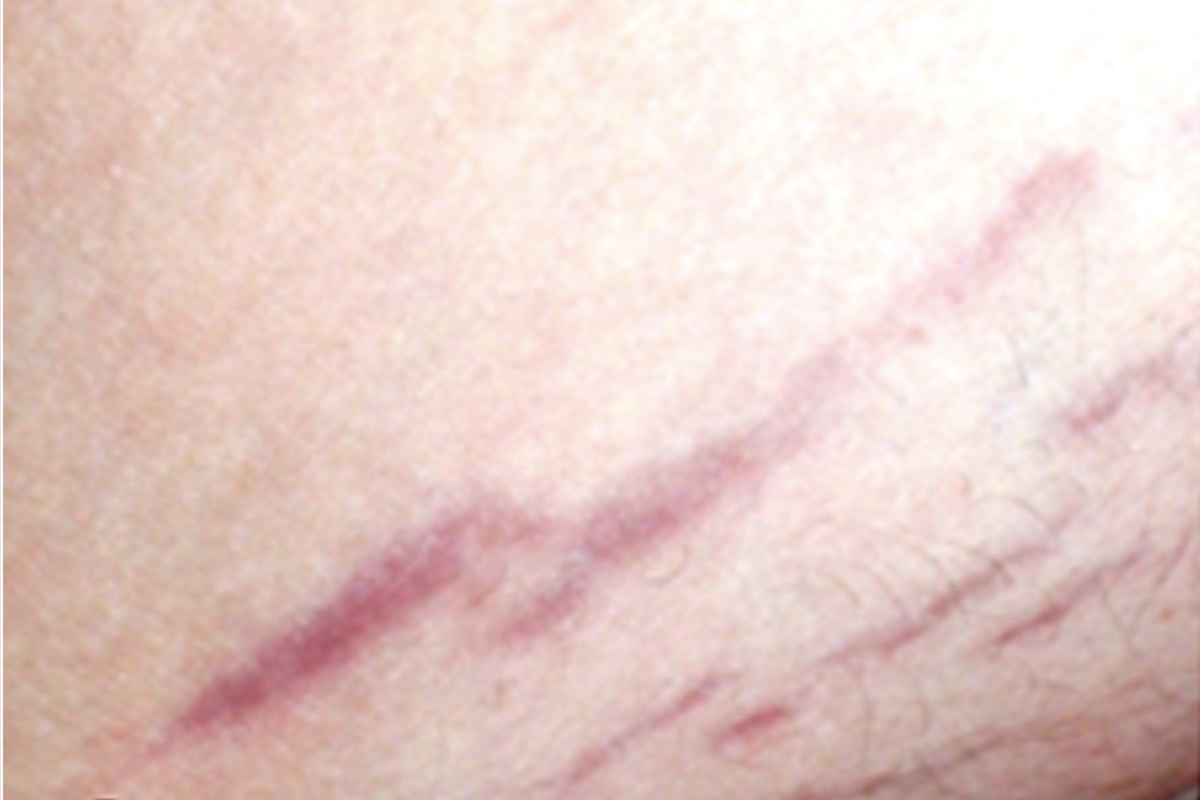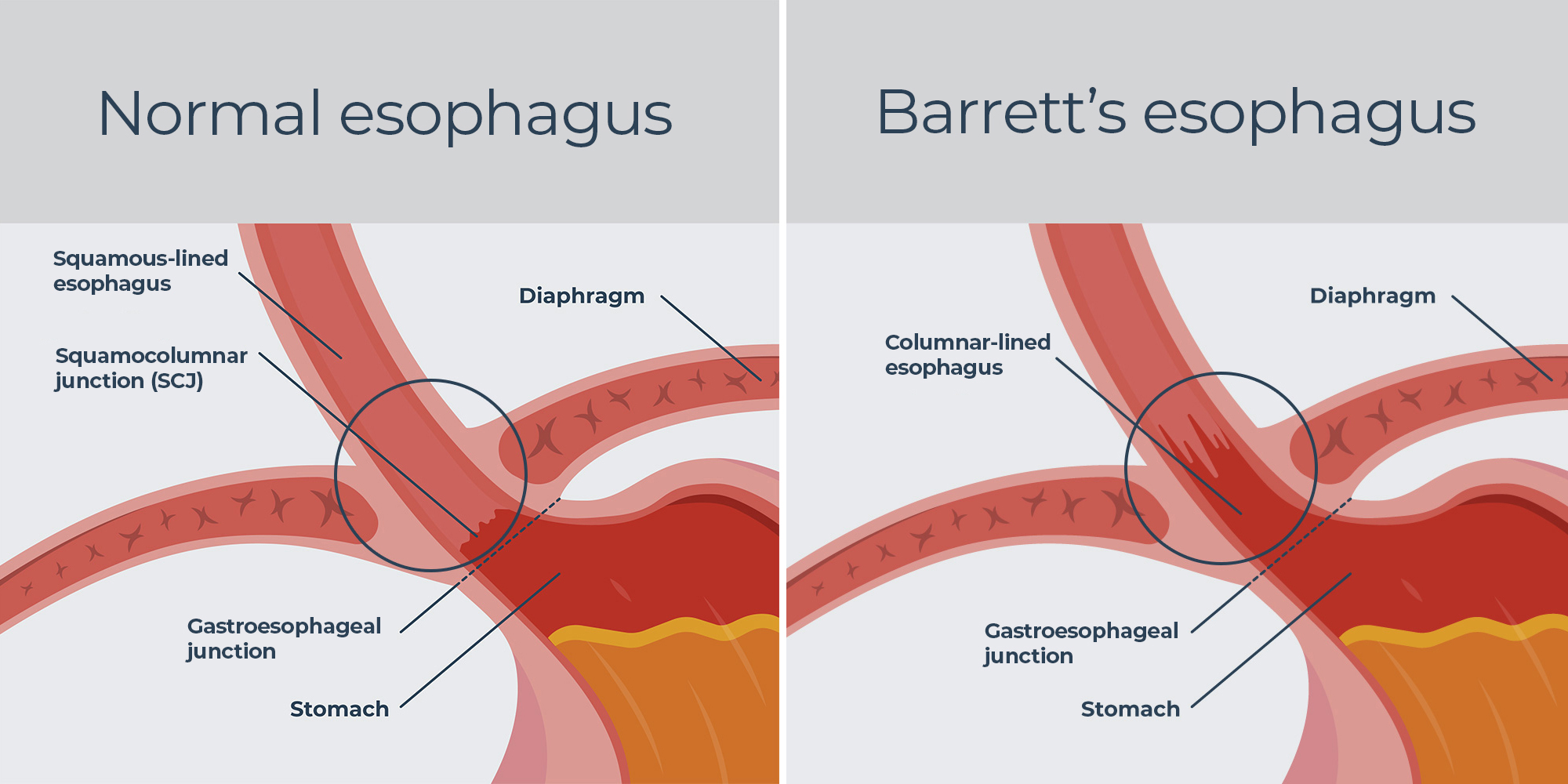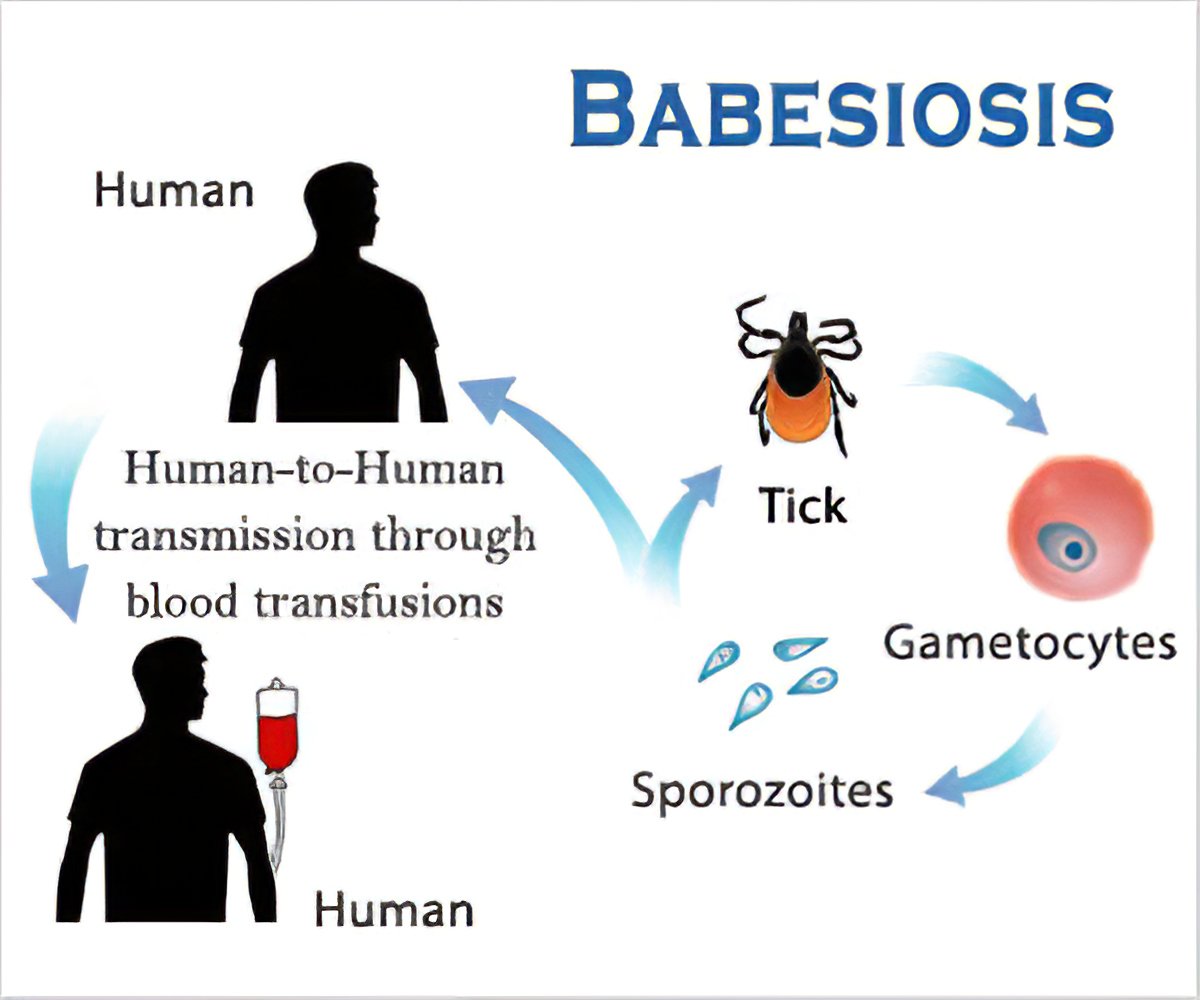Nursing Paper Example on Cauda Equina Syndrome
Nursing Paper Example on Cauda Equina Syndrome
Cauda equina syndrome is a rare but severe neurological condition characterized by compression of the cauda equina, a bundle of nerve roots located at the lower end of the spinal cord. This condition requires immediate medical intervention due to its potential to cause significant, often irreversible, damage to motor, sensory, and autonomic functions. Cauda equina syndrome poses a considerable risk to quality of life due to its debilitating symptoms.

Causes of Cauda Equina Syndrome
The condition arises from any process that exerts pressure on the cauda equina nerve roots.
Herniated lumbar discs: Severe or large disc herniations at the lumbar spine are the most common cause.
Trauma: Fractures or dislocations of the spine may compress nerve roots.
Spinal tumors: Primary or metastatic growths in the spine can invade the cauda equina region.
Infections: Epidural abscesses or spinal tuberculosis can create compressive lesions.
Spinal stenosis: Narrowing of the spinal canal, often due to degenerative changes, may lead to nerve root compression.
Iatrogenic causes: Surgical complications or epidural anesthesia errors may result in cauda equina syndrome.
Signs and Symptoms
Cauda equina syndrome presents with a distinct constellation of motor, sensory, and autonomic disturbances.
Sensory symptoms:
Saddle anesthesia: Numbness in areas corresponding to the perineum, buttocks, inner thighs, and genitalia.
Motor symptoms:
Weakness in the lower extremities, particularly affecting the ability to walk or lift the legs.
Autonomic symptoms:
Bladder dysfunction: Retention or incontinence due to impaired detrusor muscle activity.
Bowel dysfunction: Fecal incontinence or constipation.
Sexual dysfunction: Reduced sensation or erectile dysfunction.
These symptoms may develop rapidly or progressively, depending on the underlying cause and severity.
Etiology
Cauda equina syndrome stems from compression or inflammation of the cauda equina nerve roots.
Mechanical compression: Most cases result from physical pressure due to disc herniation, trauma, or tumors.
Vascular compromise: Reduced blood supply due to compression may lead to ischemic damage.
Inflammation: Conditions like arachnoiditis can trigger inflammation of the nerve roots.
Understanding the etiology is vital for determining the appropriate course of treatment.
Pathophysiology
The pathogenesis of cauda equina syndrome involves direct nerve root compression, leading to dysfunction in sensory, motor, and autonomic pathways.
Mechanical compression: Space-occupying lesions increase pressure within the cauda equina region, disrupting normal nerve signaling.
Nerve ischemia: Prolonged compression reduces blood supply, causing ischemic nerve damage.
Inflammatory processes: Secondary inflammation exacerbates nerve root injury.
Loss of function: Impaired nerve transmission results in sensory loss, motor weakness, and autonomic dysfunction.
Timely intervention is critical to halt the progression of these processes and preserve neurological function.
DSM-5 Diagnosis
Cauda equina syndrome is a neurological disorder and is not classified within the DSM-5 as it is not a psychiatric condition.
Diagnosis
Accurate and rapid diagnosis is crucial to prevent permanent neurological damage.
Clinical evaluation:
Detailed history of symptom onset, progression, and triggers.
Physical examination focusing on motor, sensory, and reflex abnormalities.
Diagnostic tests:
Magnetic Resonance Imaging (MRI): The gold standard for visualizing nerve root compression.
Computed Tomography (CT) with myelography: Useful when MRI is contraindicated.
Neurological tests:
Assess lower extremity strength and sensation.
Evaluate bladder and bowel function.
Electrodiagnostic studies: May assess the extent of nerve damage in ambiguous cases.
Treatment Regimens
Management of cauda equina syndrome focuses on relieving nerve root compression and addressing underlying causes.
Emergency surgical intervention:
Decompression surgery:
Laminectomy or discectomy to relieve pressure on the cauda equina.
Optimal outcomes are achieved when surgery occurs within 48 hours of symptom onset.
Medical management:
Corticosteroids: Reduce inflammation and edema in acute cases.
Antibiotics: Treat underlying infections, such as epidural abscesses.
Radiation or chemotherapy: Address metastatic tumors causing compression.
Supportive care: Pain management with nonsteroidal anti-inflammatory drugs or opioids.
Physical therapy to restore motor function and mobility post-surgery.
Patient Education
Educating patients about cauda equina syndrome helps in early detection, management, and recovery.
Symptom recognition: Patients should understand the significance of symptoms like saddle anesthesia and bladder dysfunction.
Post-treatment care: Emphasis on rehabilitation and adherence to follow-up appointments.
Lifestyle modifications: Encouraging exercises to strengthen back muscles and maintain spinal health.
Preventive measures: Avoid activities that increase spinal strain, such as heavy lifting or prolonged sitting.
Patient education fosters better outcomes by encouraging prompt medical attention and compliance with treatment protocols.
Additional Considerations
Complications:
Permanent bladder or bowel incontinence.
Chronic pain and weakness in the lower limbs.
Prognosis:
Outcomes are highly favorable when treated promptly.
Delayed treatment increases the risk of irreversible damage.
Research directions:
Exploring neuroprotective agents to enhance recovery.
Advances in minimally invasive surgical techniques.
Conclusion
Cauda equina syndrome is a critical medical emergency requiring prompt diagnosis and intervention to prevent lasting neurological impairment. Its multifaceted etiology, involving mechanical compression, ischemia, and inflammation, underscores the complexity of its pathogenesis. Timely imaging and surgical intervention are paramount to reversing nerve damage. Patient education and follow-up care play a vital role in improving functional outcomes and quality of life. Continued research offers hope for refining diagnostic and therapeutic strategies for this debilitating condition.
References
Greenberg, M. S. (2020). Handbook of Neurosurgery (9th ed.). Thieme Medical Publishers. https://www.thieme.com/for-reviewers/books/book/1699-handbook-of-neurosurgery
Gleave, J. R., & Macfarlane, R. (2019). Cauda equina syndrome: What is the evidence for early intervention? Nature Reviews Neurology, 15(5), 254-262. https://doi.org/10.1038/s41582-019-0172-5
National Institute of Neurological Disorders and Stroke. (2023). Cauda equina syndrome fact sheet. https://www.ninds.nih.gov/health-information/disorders/cauda-equina-syndrome
AANS (American Association of Neurological Surgeons). (2023). Cauda equina syndrome. https://www.aans.org/en/Patients/Neurosurgical-Conditions-and-Treatments/Cauda-Equina-Syndrome
MedlinePlus. (2023). Cauda equina syndrome. https://medlineplus.gov/caudaequinasyndrome.html











